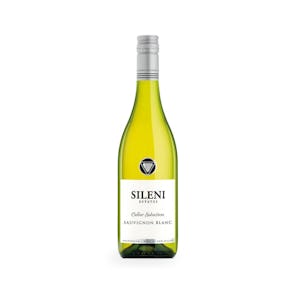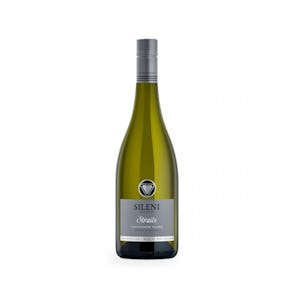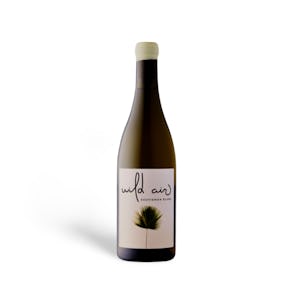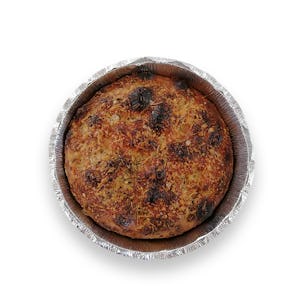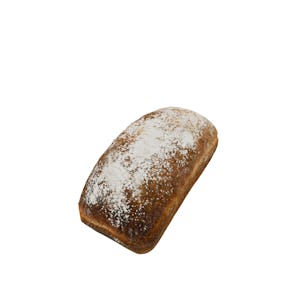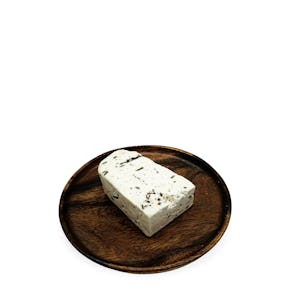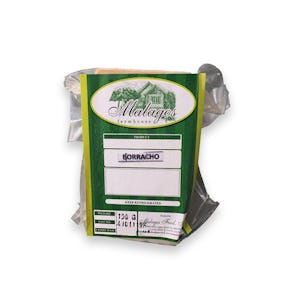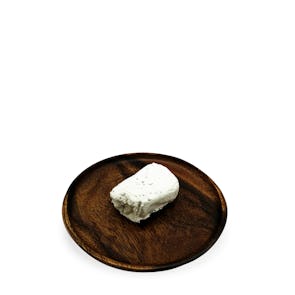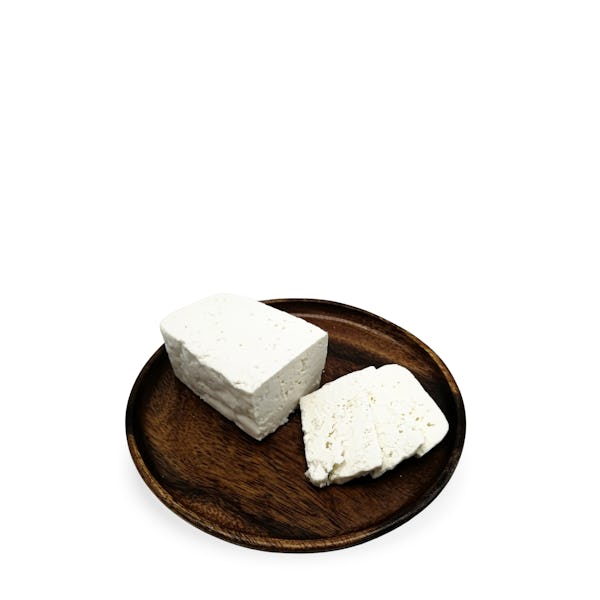
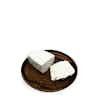
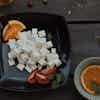
(Tuesday Dec 23 , 2025)
TASTING NOTES FROM THE CURATOR
With a semi-soft, crumbly texture, this Davao goat’s milk cheese is made with fresh milk, making it creamy on the palate, and very delicious. It’s slightly acidic, tangy, and has a perfect hint of saltiness from the brine.
PREPARATION AND PAIRINGS
The Malagos Feta can be used in a variety of ways! Crumble it up to top your salads, or add it to some open-faced sandwiches. Why not slice it up, and use it for your burgers? Or, if you’re looking for more of a challenge, try making spanakopita, the classic Greek dish.
- Make the filling by mixing together spinach (make sure they are completely dry), finely chopped flat-leaf parsley, chopped yellow onion, minced garlic, eggs, crumbled Malagos Feta, dried dill weed, and some pepper.
- Brush a baking dish with extra virgin olive oil.
- Line your baking dish with two sheets of phyllo (fillo) dough, then brush with olive oil. Top with two more sheets, and brush again with olive oil. Repeat this same process until you’ve used up about 2/3 of your phyllo dough.
- Spread your spinach and feta mix on your phyllo, then top with two sheets again, brushing with olive oil.
- Repeat that same process (two phyllo, brush with olive oil) until you’ve used up all your phyllo dough.
- Tuck the excess dough into the dish, and cut the spanakopita only partway (this makes it easier to cut once cooked).
- Bake in an oven preheated at 325F for 1 hour, until phyllo is crisp and golden brown.
BAKED IN A PIE
A classic Greek dish, the spanakopita is found everywhere in Greece—in coffee shops, side kiosks, bakeries, etc. You can also regularly find it in most Greek households, as it is a staple dish that families seem to always have at hand.
Pita means “pie,” and this one might be the most famous Greek pie around. One of the earliest references to something resembling spanakopita is in 5th century BC by a poet named Philoxenos, who wrote how, at the end of a banquet, the hosts served a milk and honey cheesecake baked as a pie.
Storage Instructions
Cheeses (except brined ones in jars) should be stored in the crisper or the butter drawer of a refrigerator, not on the shelves themselves. This is to help regulate their temperature and humidity levels—and prevents the formation of mold. Once opened, they should not be kept in their original packaging. Soft cheeses with delicate rinds need to breathe, so they are best placed in glass containers lined with paper towels to absorb extra moisture. Leave the lid open a tiny bit for air to circulate and don’t forget to write up a label with the date you first opened the package. Kindly pay attention to the best before date label when you receive your cheese. Consume prior to date indicated.


